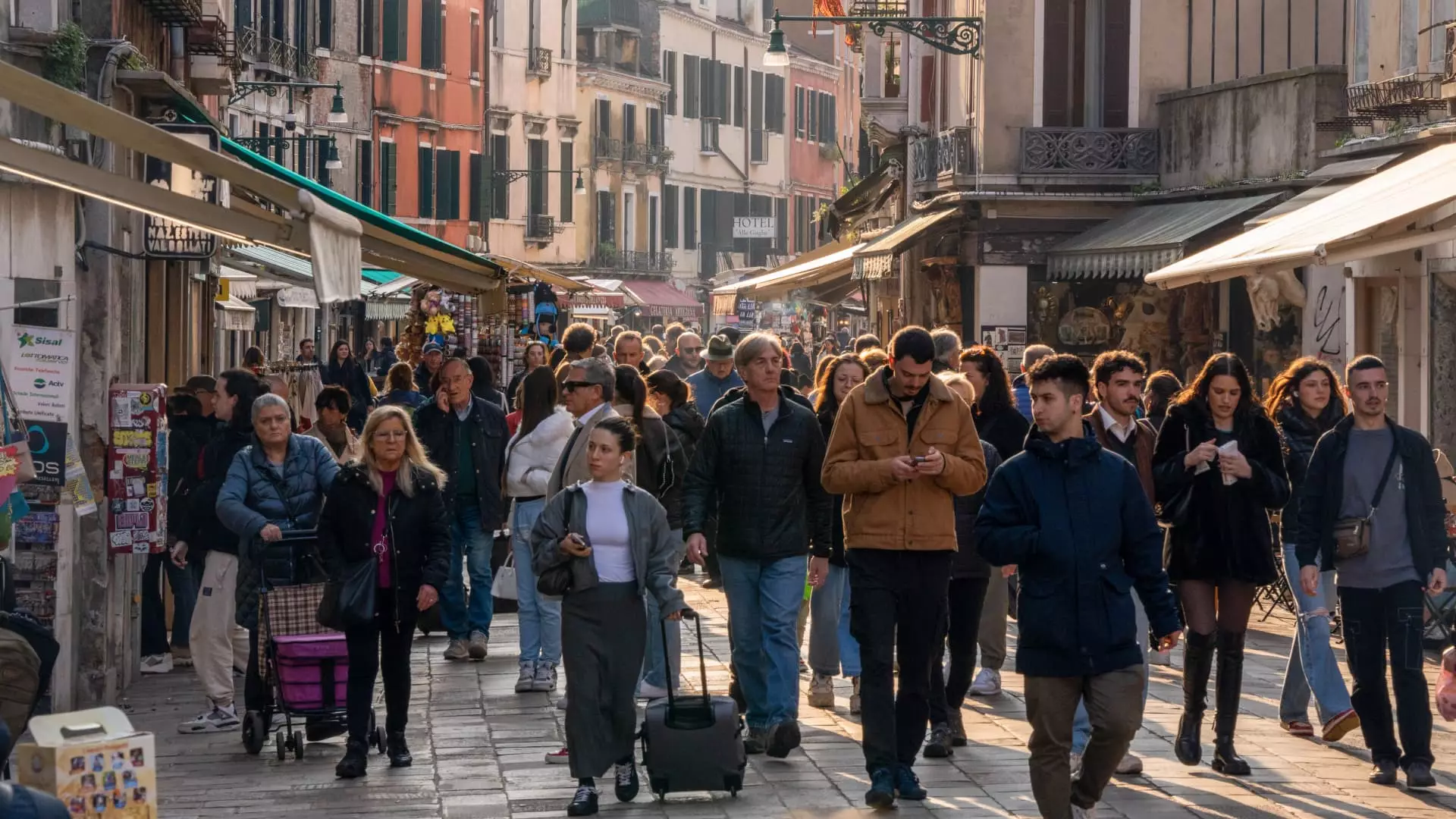Italy, known for its stunning beauty and rich cultural heritage, has been facing the issue of overtourism for quite some time. The influx of tourists has put a strain on the country’s infrastructure, particularly in popular destinations such as Bellagio on Lake Como. Boat drivers, who rely on tourism for their livelihood, have expressed frustration over the overcrowding that hampers their ability to navigate smoothly. The narrow two-lane roads and limited transportation options exacerbate the problem, causing traffic jams and delays for both locals and visitors alike.
Venice, Milan, and other popular cities in Italy have implemented measures to combat the overwhelming number of tourists. Venice, for example, charges a fee for day travelers entering the city, while attractions like Da Vinci’s “Last Supper” in Milan require advanced reservations due to high demand. The restrictions on visitor numbers aim to protect the integrity of historical sites and artworks that are at risk of damage from excessive foot traffic. Despite these efforts, overcrowding remains a significant challenge in many parts of Italy.
Shortage of Hospitality Staff
The surge in tourism has created a demand for hospitality workers, yet Italy is facing a shortage of staff in hotels, restaurants, and beach resorts. The Italian Association of Employment Agencies has highlighted the need for chefs, waiters, and seasonal workers in various regions across the country. This scarcity of personnel poses a threat to the quality of service provided to tourists and could impact their overall experience. Additionally, the lack of available workforce may limit the growth potential of the tourism sector in Italy.
Despite the challenges posed by overtourism, Italy continues to offer relatively affordable prices for food, accommodation, and transportation. The cost of dining at local restaurants, sampling regional wines, or enjoying a cocktail at a historic bar remains reasonable compared to other major cities around the world. However, the issue lies not in the affordability of goods and services but in the accessibility and availability of these amenities to tourists. Reservations at exclusive venues like George Clooney’s favorite restaurant or luxury villa can be hard to come by, further complicating the tourist experience.
Navigating the streets of Italy can be a daunting task, especially in crowded destinations like Lake Como or Milan. Taxi services are limited, and private drivers are often preferred for their reliability and convenience. The introduction of ridesharing platforms like Uber has been met with resistance from traditional taxi drivers, who view them as a threat to their livelihood. The regulations surrounding transportation services make it challenging for tourists to find affordable and efficient ways to get around the country. As a result, being a tourist in Italy can sometimes feel like a full-time job due to the logistical hurdles involved.
While Italy continues to attract millions of tourists each year, the issue of overtourism presents significant challenges for both visitors and locals. From overcrowded attractions and strained infrastructure to a shortage of hospitality staff and transportation issues, the country must address these concerns to ensure a sustainable tourism industry. By implementing strategic measures to manage visitor numbers, improve service quality, and enhance the overall tourist experience, Italy can navigate the complexities of overtourism and preserve its cultural heritage for future generations.

